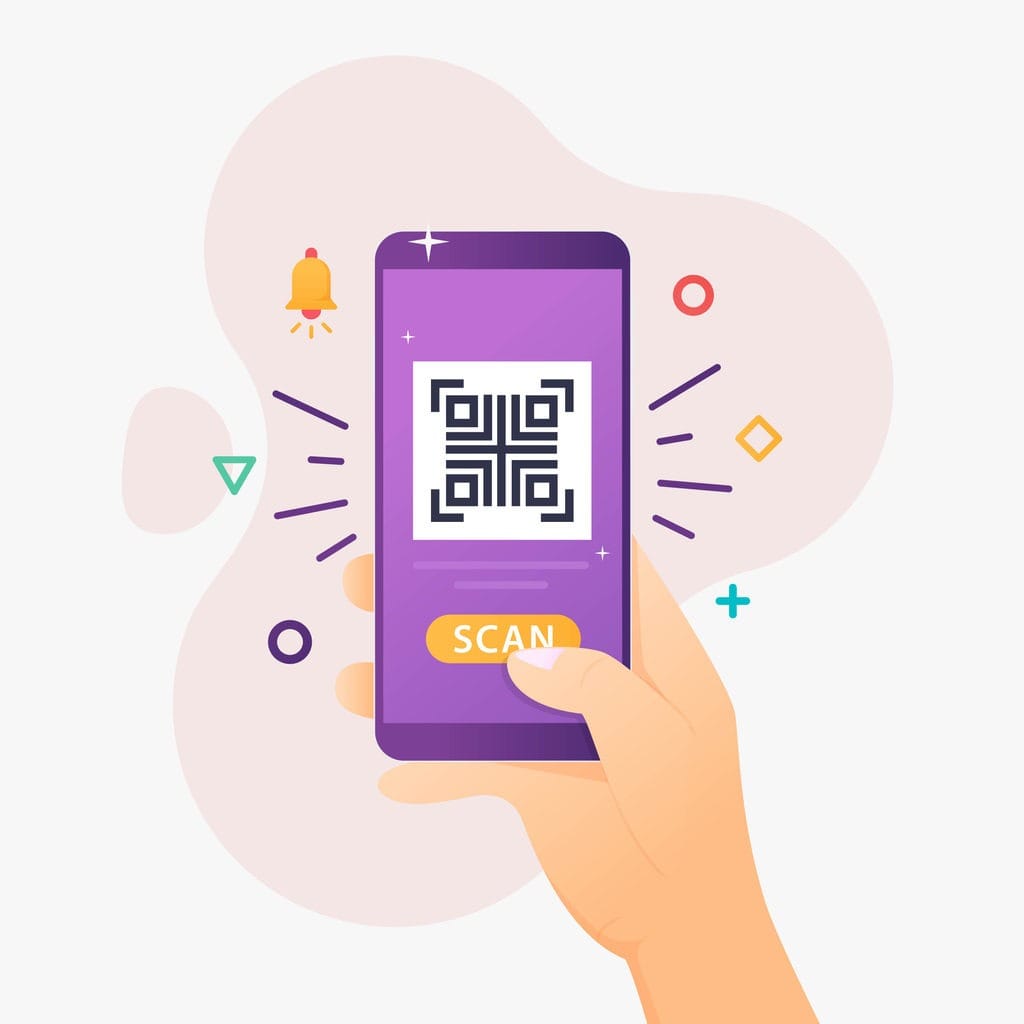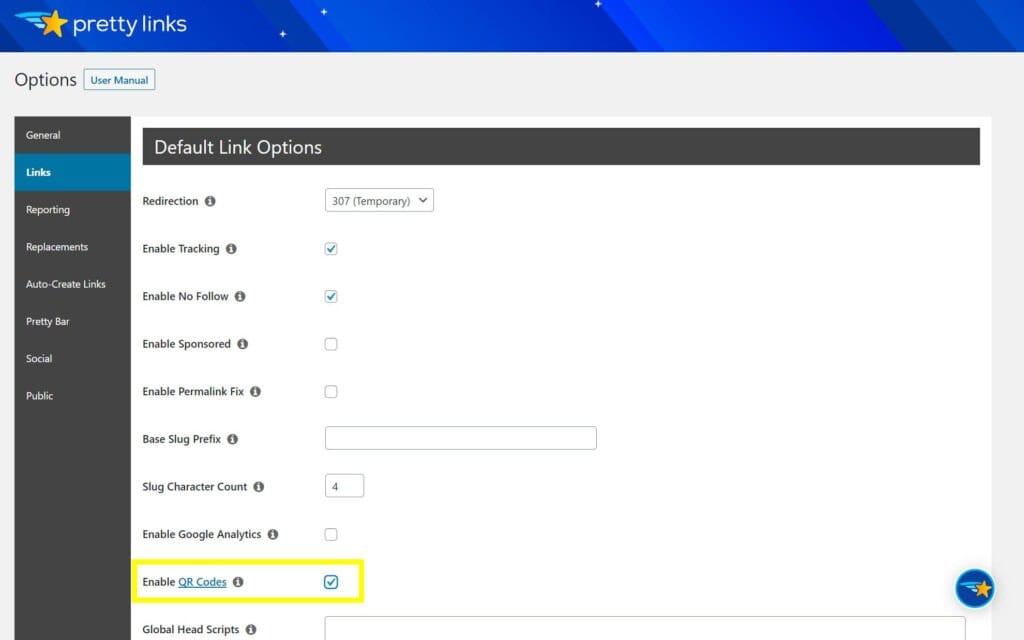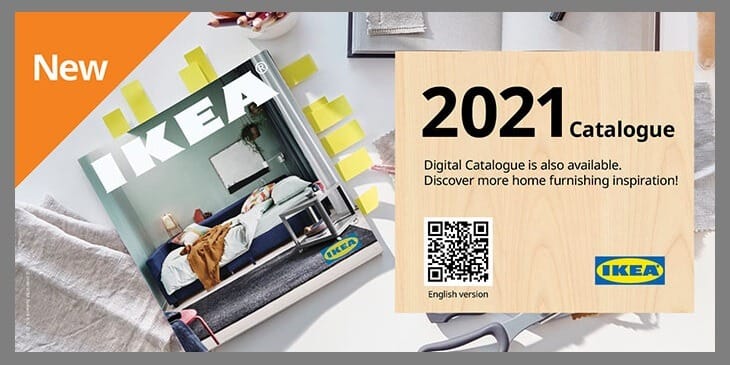3 Best Places to Post QR Codes (Online and Offline)

Contents
Although quick response (QR) codes have been around since the 1990s, these useful tools have seen a recent resurgence. Since September of 2020, over 46% of consumers have reported an increase in their usage. As a business owner, you might be interested in jumping on the QR trend, but perhaps you're not sure how to get started.
The most effective way to leverage the benefits of QR codes is to think creatively. By learning the best places to post these pieces of data, you can use QR codes as a powerful tool to boost your brand.
In this article, we'll look at a few reasons you might want to use this strategy. Then we'll go over three of the best places to post QR codes, both online and offline. Let's dive right in!
An Introduction to QR Codes (and Why You Might Want to Use Them)
A QR code is a type of barcode that people can scan with their phones. The code will automatically redirect them to a certain destination on the web. For example, you might use a QR code to direct people to your website or a specific product page.
Similar to link shortening, QR codes can make it easier for your audience to access your content. There's no need to navigate complex links or comb through an entire page. Instead, users are instantly taken wherever you want to send them.
Creating QR codes can be a straightforward process. If you use our Pretty Links plugin, you can enable QR codes with a single click:

Furthermore, QR codes are incredibly flexible. You can use them in a variety of online and offline settings. For example, you can share them on your social media pages or on promotional material like brochures and flyers. When used alongside other measurable analytics, this engagement strategy can help you reach a wider audience and drive more conversions.
3 of the Best Places to Post QR Codes (Online and Offline)
Let's look at the most effective places to post your QR codes. We recommend trying a few of them to see which strategy works best for your brand.
1. On Business Cards
Business cards are commonly used in most industries. While they can be helpful for networking, they may not always generate leads. Small pieces of paper are easily lost, and your contact information could disappear along with them.
Therefore, you may want to consider replacing or supplementing your business cards with QR codes. It's important to ensure that the barcode is put in a prominent place so people can access it easily.
For example, you could include your personal details on one side and the QR code on the other. The code can lead users to your portfolio, a social media page, or simply your website:

This approach combines a classic networking strategy with a modern twist. Therefore, it can be a subtle way to show off your technical prowess to potential business partners. It can also be a clever conversation starter.
If you want to go fully digital, a QR code can save you from carrying around dozens of cards. Nevertheless, we recommend that you still accept a physical alternative if a colleague offers them: it's a simple way to take advantage of the power of reciprocation.
2. Alongside Free Samples
Offering free samples can be an easy and affordable way to advertise other products. If you want to give shoppers quick access to the full version, you can include a QR code.
You can apply this strategy by including the code on a slip of paper with the sample. Alternatively, you could go the extra mile and integrate it into the packaging.
This can also be done digitally. For example, if you're an affiliate selling your expertise with an e-book, consider giving the first few chapters away for free. At the end of the sample, you can include a QR code for readers to continue learning.
Their flexibility makes QR codes perfect for adding actionability to your marketing content. Nevertheless, they should always have context. If possible, try to include a call to action (CTA) above the image, as Ikea did when advertising its 2021 catalog:

Ikea's CTA offers customers a digital version of a physical item. The company also uses the space to advertise the catalog as a source of design inspiration, not just a shopping experience. It's an efficient usage of advertising space with clear actionable steps included.
If you're using free samples to test a new product with your audience, QR codes can work here too. For instance, you could use this tool to direct shoppers to a feedback form. This will give them instant access to review your product, providing you with valuable data.
3. In Front of a Captive Audience
These days, almost everyone has their smartphone on them at all times. You may want to consider capitalizing on this trend by posting QR codes wherever your audience is in for a long wait. This could include bus stops or busy drive-throughs.
Even if you're not directing people to a product page, simply engaging with bored individuals can help improve their opinion of your brand. In a sense, you're doing them a favor by giving them something interesting to do while they wait.
If you want to increase the impact, you can provide a few QR codes leading to interactive content, such as quizzes, games, or engaging videos. This can give people a sense of discovery, as well as control over their time.
It's also important to be strategic with your content. For example, if you know that buses in a certain area come every ten minutes or so, you can create videos and quizzes that fit into that time frame. Thus, viewers can enjoy your work in its entirety.
Conclusion
QR codes have seen a spike in popularity within the last year. Fortunately, implementing this strategy in your marketing plan can be as simple as choosing the right location. Moreover, you can easily create QR codes using our Pretty Links plugin.
In this article, we covered three powerful places to post your QR codes, both online and offline:
- On your business cards
- As a bonus CTA with free product samples
- Places where your audience will be bored or sitting idle, such as bus stops
Do you have any questions about using QR codes? Let us know in the comments section below!
If you liked this article, be sure to follow us on Facebook, Twitter, and LinkedIn! And don't forget to subscribe in the box below.